#*tb
Explore tagged Tumblr posts
Note
What’s your thoughts on Delicious in Dungeons Character Designs?
Ryoko Kui is the best to ever do it.
35K notes
·
View notes
Text
"whoa there pal! looks like your favorite web service is getting hit with enshittification. you should try this NEW PLATFORM, that is only mildly alike in function, has no stable source of funding, and is being ran by some people in their home office as a hobby. this will be a long-term solution for you that you can build a community on, i promise!" <- sentiment i see a lot on here lately. like. lol
#boo boo bear#annoying tag#edit: lol i didnt even say cohost out loud but people read my mind already#but also 'discord alternatives' yeah? a thing that hosts private conversations? i want that shit to be rigorous#and well reputed#and with a legal team#not staffed with people in studio appartments and maybe 2 tb hard drives
13K notes
·
View notes
Text
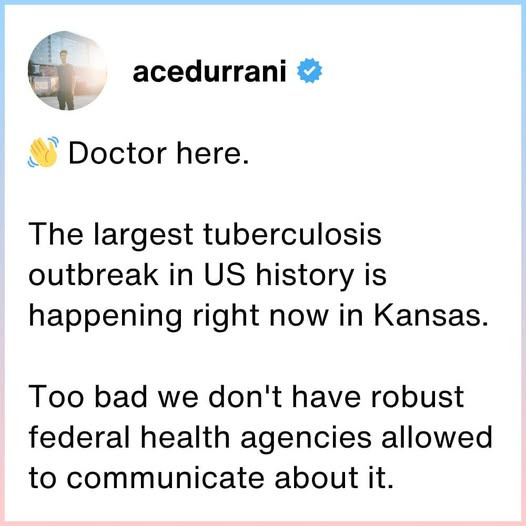
Jesus Christ, we really are back in the roaring 20s.
#us politics#disability#The antibiotic cure for TB was developed in 1944#There's a vaccine but it's not commonly given in the USA#Do not panic but please consider masking up if you have a cough
8K notes
·
View notes
Text
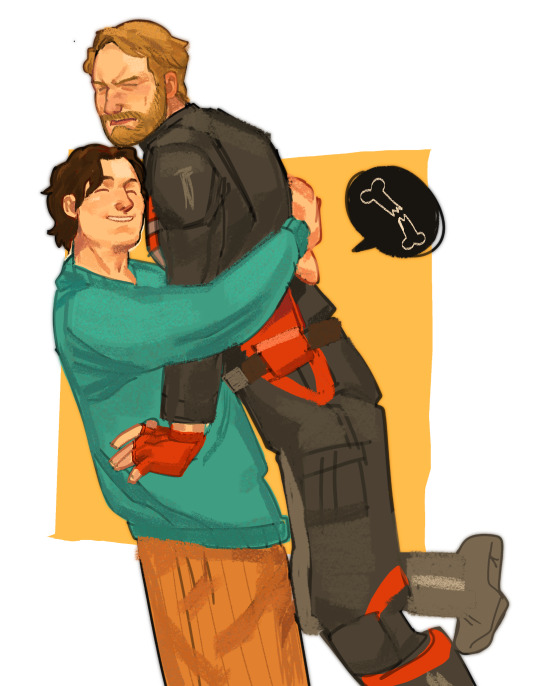
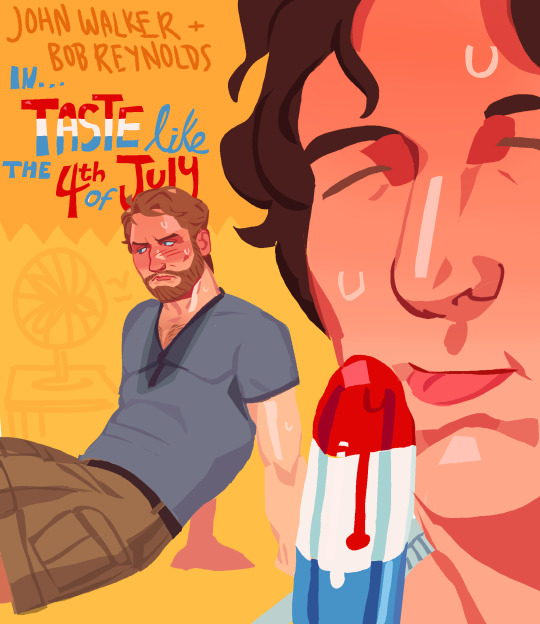


getting these 2 out of my system
#or: fury161 loses at chess to a dog#thunderbolts#john walker#bob reynolds#sentryagent#voidwalker#mcu#my art#fanart#i went into tb saying i hope i leave here with a man to ship john with and i left happy#vindicated john walker lover since tfatws#and ive been in love w wyatt russel since i saw his ep of black mirror when i was 10#this is just me appealing to god to not send me to hell for drawing marvel yaoi again
3K notes
·
View notes
Text

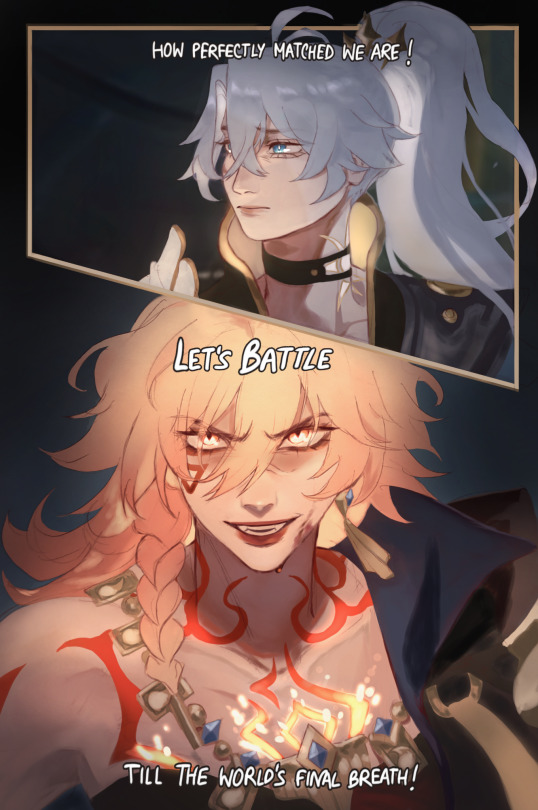
Rly love that one scene sm....ft. fem phaidei cause m me
#aratribow#honkai star rail#my art#mydei#hsr mydei#phainon#hsr phainon#phaidei#umm...nikador...#PFFTTT man i love nikador sm but lawds is bro a ASS IN THE FUCKING PAIN TO RENDER#um hoyo gods are truly terrifying....#tb in the bg just : (ー_ー;)
4K notes
·
View notes
Text

quick thingy just to spite my artblock
what do you mean two of the kids got lost and the third one is sick
#hsr#hsr 3.0#honkai star rail#welt yang#hsr himeko#imagine them trying to contact the tb and dan heng#does march know? did they tell her??#astral express family my beloveds
5K notes
·
View notes
Text
Official main universe timebomb concept art at the Arcane exhibition?


I'M GOING TO SCREAM
4K notes
·
View notes
Text
"For most people, a rat is at best an unwelcome guest, and at worst, the target of immediate extermination. But in a field clinic in Tanzania, rats are colleagues—heroes even.
Far from a trash bin-dwelling NYC street rat, the African giant pouched rat is docile, intelligent, easier to train than some dogs, and for East Africans, the performer of lifesaving tuberculosis diagnoses every day.
400,000 new cases of tuberculosis (TB) were estimated to have been prevented by these rats, whose sense of smell would make a bloodhound take notice. As [TB is] the number-one killer among infectious diseases worldwide, many of those 400,000 can be translated into lives saved.
“Not only are we saving people’s lives, but we’re also changing these perspectives and raising awareness and appreciation for something as lowly as a rat,” said Cindy Fast, a behavioral neuroscientist who coaches the rodents for the nonprofit APOPO.
“Because our rats are our colleagues, and we really do see them as heroes.”
APOPO uses giant pouched rats to sniff out traces of TB in the saliva of patients. In parts of Tanzania, a saliva smear test under a microscope by a human may only be 20-40% effective at detecting TB.
By contrast, a giant pouched rat like Ms. Carolina, a now-retired service rat who worked for APOPO for 7 years, raised the rates of detection on TB samples by 40% in the clinic where she worked.

Pictured: An APOPO employee with one of their trained rats
It would take 4 days for scientists to analyze the number of samples that Carolina could screen in 20 minutes. For that reason, when Carolina retired last November, a party was thrown at the clinic in her honor, and she was given a cake.
TB is sometimes thought of as a thing of the past—a disease for which doctors used to prescribe “dry air,” leading a modern sense of humor to muse at the antiquated, pre-antibiotic medical advice.
But it remains the number-one cause of death globally from a single infectious pathogen, and Tefera Agizew, a physician and APOPO’s head of tuberculosis, told National Geographic that once people see what the nonprofit’s rodents can do to slow the spread, they “fall in love with them.”
3,000 times in her career did Carolina detect one of the six volatile compounds that can be used to identify Mycobacterium tuberculosis, and she got a hero’s send-off to a special compound to live out the rest of her days with her closet friend and sniffer colleague Gilbert, in a shaded enclosure dubbed “Rat Florida.”
“We’ve made special little rat-friendly carrot cakes with little peanuts and things on it that the rat would enjoy,” Fast said. “Then we all stand around and we clap, and we give three cheers, hip hip hooray for the hero, and celebrate together. It’s really a touching moment.”
APOPO has made headlines for its use of these rats in other lifesaving tasks as well: landmine clearance.
One of the world’s great underreported scourges (a lot like TB, coincidentally) is landmine contamination. There are 110 million landmines or unexploded bombs in the ground right now in about 67 countries, covering thousands of square miles in potential danger. Thousands of civilians are killed or injured by these weapons every year.
GNN reported on APOPO’s demining efforts using pouched rats back in 2020. One rat named Magawa alone identified 39 landmines and 28 items of unexploded ordnance across an area the size of 20 football fields.
If at the start of this story you didn’t like rats, maybe Magawa and Carolina will have changed your mind."
-via Good News Network, March 31, 2025
#rats#rodents#hero rats#african pouched rat#tanzania#africa#east africa#landmine#tuberculosis#tb#public health#infectious diseases#good news#hope#listen guys I love rats SO MUCH so this is my fav news story in a while#rats are beautiful and brilliant and deserve the world#idc what you think#also this particular species of rat lives like 7-10 years which is a HUGE improvement on the 1-3 typical pet rats live#so although I almost certainly would never actually have done it#I am very sad to learn that it is illegal to bring them into the US#killing my dreams#anyway rats make great pets thanks for listening to me ramble#lore drop: I love rats
3K notes
·
View notes
Text

That's the way it is.
#rdr#red dead redemption#rdr2#red dead redemption 2#john marston#arthur morgan#not necessarily tagging this as morston since it isnt but. yknow#my art#animal death#death tw#blood tw#tagging just to be safe!#anyway HIIII#this is the last angst post i prommie. at least for now lol#i uhhhhh dunno. i actually drew this ages ago and i dont have much to add because i dont even remember what my thought process was fully tb#besides the obvious i mean lol#anyway enjoy! or not. im not the boss of you
2K notes
·
View notes
Note
You’ve probably been asked this before, but do you have a specific view on ai-generated art. I’m doing a school project on artificial intelligence and if it’s okay, i would like to cite you
I mean, you're welcome to cite me if you like. I recently wrote a post under a reblog about AI, and I did a video about it a while back, before the full scale of AI hype had really started rolling over the Internet - I don't 100% agree with all my arguments from that video anymore, but you can cite it if you please.
In short, I think generative AI art
Is art, real art, and it's silly to argue otherwise, the question is what KIND of art it is and what that art DOES in the world. Generally, it is boring and bland art which makes the world a more stressful, unpleasant and miserable place to be.
AI generated art is structurally and inherently limited by its nature. It is by necessity averages generated from data-sets, and so it inherits EVERY bias of its training data and EVERY bias of its training data validators and creators. It naturally tends towards the lowest common denominator in all areas, and it is structurally biased towards reinforcing and reaffirming the status quo of everything it is turned to.
It tends to be all surface, no substance. As in, it carries the superficial aesthetic of very high-quality rendering, but only insofar as it reproduces whatever signifiers of "quality" are most prized in its weighted training data. It cannot understand the structures and principles of what it is creating. Ask it for a horse and it does not know what a "horse" is, all it knows is what parts of it training data are tagged as "horse" and which general data patterns are likely to lead an observer to identify its output also as "horse." People sometimes describe this limitation as "a lack of soul" but it's perhaps more useful to think of it as a lack of comprehension.
Due to this lack of comprehension, AI art cannot communicate anything - or rather, the output tends to attempt to communicate everything, at random, all at once, and it's the visual equivalent of a kind of white noise. It lacks focus.
Human operators of AI generative tools can imbue communicative meaning into the outputs, and whip the models towards some sort of focus, because humans can do that with literally anything they turn their directed attention towards. Human beings can make art with paint spatters and bits of gum stuck under tennis shoes, of course a dedicated human putting tons of time into a process of trial and error can produce something meaningful with genAI tools.
The nature of genAI as a tool of creation is uniquely limited and uniquely constrained, a genAI tool can only ever output some mixture of whatever is in its training data (and what's in its training data is biased by the data that its creators valued enough to include), and it can only ever output that mixture according to the weights and biases of its programming and data set, which is fully within the control of whoever created the tool in the first place. Consequently, genAI is a tool whose full creative capacity is always, always, always going to be owned by corporations, the only entities with the resources and capacity to produce the most powerful models. And those models, thus, will always only create according to corporate interest. An individual human can use a pencil to draw whatever the hell they want, but an individual human can never use Midjourney to create anything except that which Midjourney allows them to create. GenAI art is thus limited not only by its mathematical tendency to bias the lowest common denominator, but also by an ideological bias inherited from whoever holds the leash on its creation. The necessary decision of which data gets included in a training set vs which data gets left out will, always and forever, impose de facto censorship on what a model is capable of expressing, and the power to make that decision is never in the hands of the artist attempting to use the tool.
tl;dr genAI art has a tendency to produce ideologically limited and intrinsically censored outputs, while defaulting to lowest common denominators that reproduce and reinforce status quos.
... on top of which its promulgation is an explicit plot by oligarchic industry to drive millions of people deeper into poverty and collapse wages in order to further concentrate wealth in the hands of the 0.01%. But that's just a bonus reason to dislike it.
2K notes
·
View notes
Text


ṇ̵̛̱͌̅̃͛̔o̴̮̓̀͂́̃_̴̛̲́s̷͈̋̈́̄̋͠ị̶͔̗̐͐̐̒̕g̵̛̱̘̣̑͂ņ̴̰͔̘͇̏̒̓̇͠͝a̸̜̥̩̭͋̌ḷ̶͔̖͗͋͛͛̃͆
#my art#jujutsu kaisen#jjk#jjk fanart#jujutsu kaisen fanart#gojo satoru#satoru gojo#geto suguru#satosugu#jjk gojo#eye strain/#eye horror/#like i said ik this concept has been done before and probably better than this but i hope that i did it Okay#i hope all the eye strain was not in vain gjhfgsh the amount of blue light in this image is not recommended by doctors#smh gojo ipad baby confirmed#too much screentime.png#in other news im happy i came up with smth else 2 put alongside the piece itself !!#was playing around with filters and effects and i was like ooh what does the binarization button do#makes it look like found footage is what it does i love it SO much#i almost like it better than the coloured version but i would rather die than let a day and a half of rendering go to waste#esp after i already scrapped the intended p2#still i would have posted the full b/w one side by side but it made the post look so busy and distracting and awful#so it's just geto's face ig smile :)#happy i stuck it out w this!!!#fr all i dunk on gojo gdi his aesthetic n design works so well with glitches and messed up technology#tb to tht other gojo + teal + glitches piece i did frever ago captioned smth like 'watch what you eat'#the glitch brushes in my inventory exist fr him and him alone
5K notes
·
View notes
Text
how does lewis pullman have both the bluest blue eyes and the brownest blue eyes
#idk if this makes sense im high rn#bob reynolds#new avengers#sentry#thunderbolts#avengers tower#bucky barnes#lewis pullman#mcu#wintersentry#ava starr#and bob#bob thunderbolts#the new avengers#robert reynolds#marvel thunderbolts#thunderbolts spoilers#tb#the void#task#the thunderbolts#thunderbolts*#yelena belova#john walker#thunderbolts bob#lewis pullman x reader#rhett abbott#ben mears#void#someone take my dab pen far fucking away
1K notes
·
View notes
Text
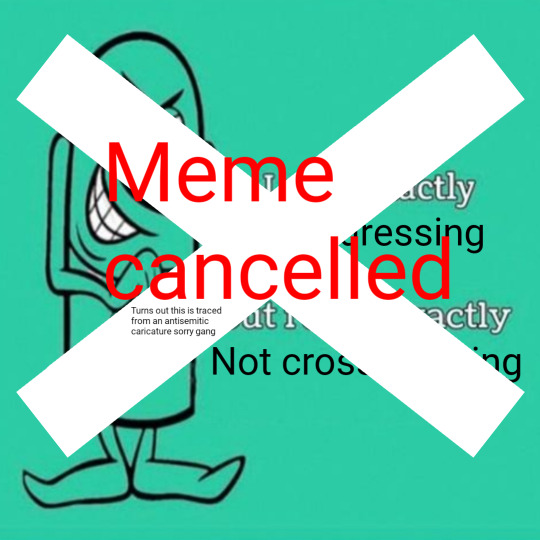
Been thinking about this everytime I get dressed
13K notes
·
View notes
Text
ridiculously stupid bit guys im sorry

#divorce era but they still live together (bucky just sleeps on the couch)#which could mean nothing#thunderbolts#bucky barnes#the winter soldier#sambucky#sam wilson#marvel#mcu#TB*
1K notes
·
View notes
